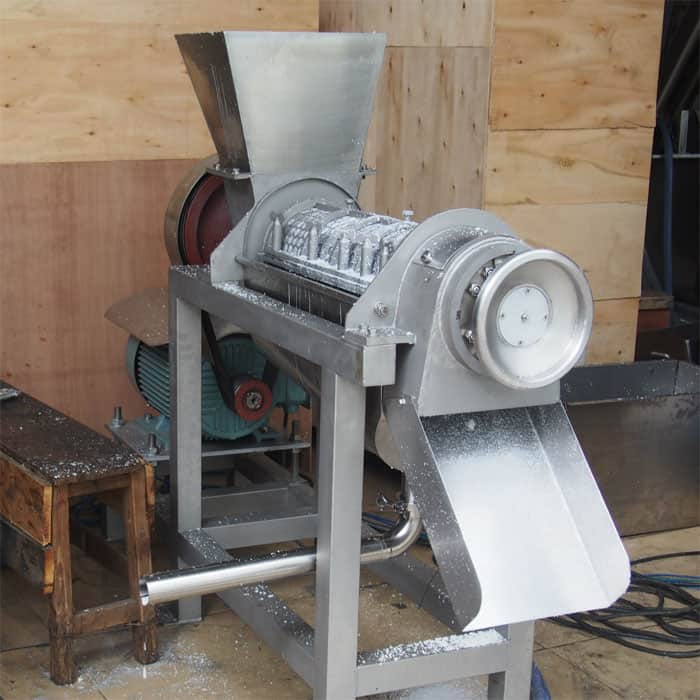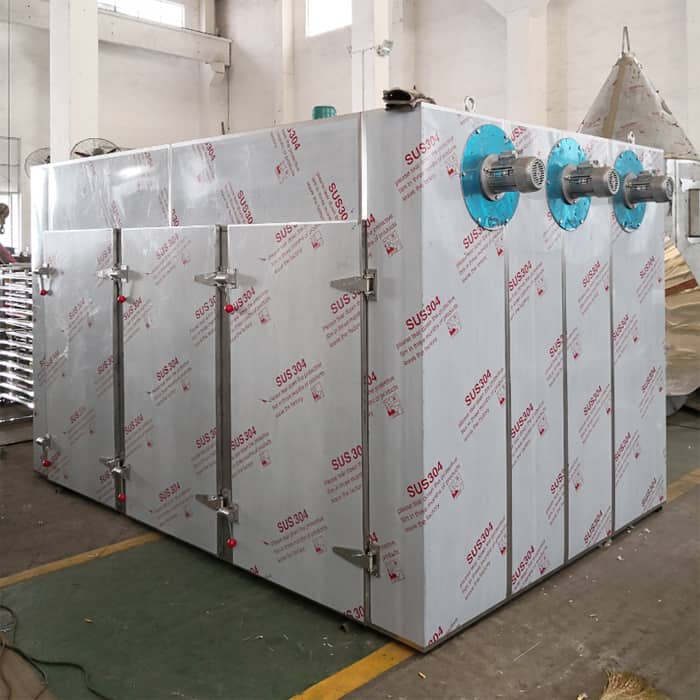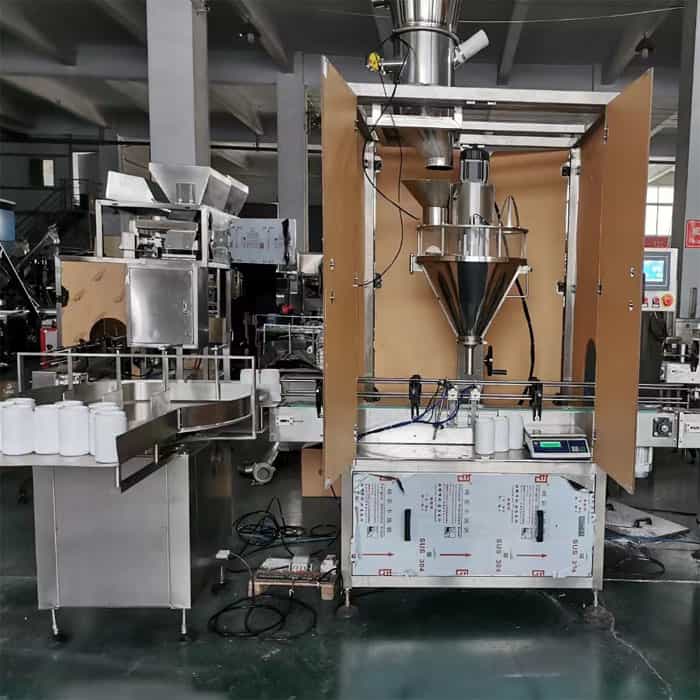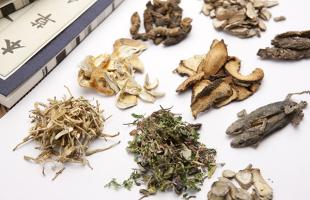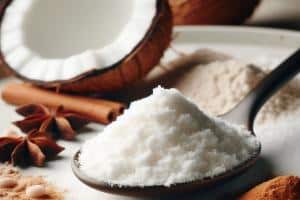Table of Contents
Coconut flour overview
Coconut flour is a gluten-free alternative to wheat flour, made from dried, defatted coconut meat. It is a byproduct of coconut milk production, where the coconut meat is pressed to extract the milk, leaving behind the pulp that is then dried and ground into a fine powder. High fiber, protein, and potassium content, it has become increasingly popular in recent years due to its numerous health benefits and versatile uses in cooking and baking. This article we will talk about coconut flour benefits, how to make and use coconut flour.

Coconut flour benefits
- The key benefits is its high fiber content. It contains significantly more fiber than other flours, such as wheat flour or almond flour. This makes it a great choice for those looking to increase their fiber intake, which is important for digestive health and can help with weight management.
- It is also rich in healthy fats and protein, making it a nutritious option for those following a low-carb or paleo diet. It is also a good source of iron and potassium, two essential minerals that are important for overall health.
- In terms of cooking and baking, it can be a great alternative to regular flour. It has a slightly sweet flavor, which can add a unique taste to dishes.
How to make coconut flour?
Mainly process includes
Coconut milk extracting – pulp dehydrating – fine powder grinding – powder sifting- powder filling and packaging

- After removing the outer hard shell of the coconut, take out the coconut meat inside and break it into pieces before putting it into a juicer to extract coconut milk. The remaining residue is coconut pulp.
- Collecting the coconut pulp, it should be placed in a baking tray in the oven for baking or dehydrator for drying. The temperature should not be too high, and it is better to keep at 90 degrees Celsius. Make sure the coconut pulp is completely dry and crisp, not moist or chewy. This may take 2 to 3 hours, depending on the oven or dehydrator.
- The pulp after drying, can also be called desiccated coconut. The particle size is not even. Some coarse, while some fine. Use a blender, a spice grinder, or a powder grinder machine to grinding into fine powder. You may need to do this in batches, depending on the size of your powder grinder machine.
- The ground fine powder is coconut flour. You can also sift the powder to remove any large pieces.
- Store the flour in an airtight container in a cool and dry place. It can last for up to 12 months if stored properly. The automatic powder filling machine can help you.
Machines to make coconut flour
FAQ about coconut flour
1 . Is coconut flour gluten free?
Yes, it is gluten free. It is made from dried and ground coconut pulp, which does not contain any gluten.
2. Is coconut flour healthy?
Yes, it is healthy. It is rich in healthy fats, fiber, and minerals, such as manganese, copper, iron, and selenium, may offer some benefits for blood sugar, digestion, and heart health.
3. Coconut flour VS almond flour
They are two popular gluten-free flours that can be used for baking and cooking, both popular alternatives to traditional wheat flour. They have different characteristics, uses, and nutritional values. Here is a brief comparison of them:
Coconut flour is made from the dried, ground meat after coconut milk extraction. It is high in fiber and low in carbohydrates. It has a slightly sweet, tropical flavor, requiring more liquid and eggs in recipes. It is also lower in calories and fat than almond flour. Due to its absorbency, recipes using coconut flour often require more liquid. It’s commonly used in gluten-free and paleo baking for items like pancakes, muffins, and cakes.
Almond flour is made from finely ground, blanched almonds. It has a mild and nutty flavor and a similar texture to wheat flour. It is rich in healthy fats, vitamin E, magnesium, and calcium, and may help lower cholesterol and blood pressure. Almond flour is a versatile option and is commonly used in gluten-free and low-carb baking. It works well in a variety of recipes, including cookies, cakes, and crusts.
The choice between them depends on the specific requirements of a recipe and individual dietary preferences.

